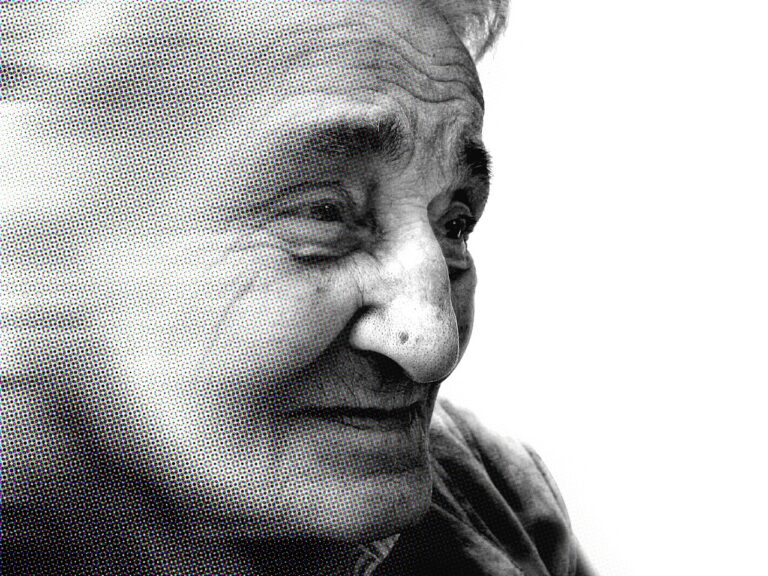The Integration of Traditional Chinese Medicine and Western Medicine
Combining Eastern and Western medical practices offers a holistic approach to healthcare that addresses both the physical and emotional well-being of patients. By integrating traditional Eastern techniques like acupuncture and herbal medicine with modern Western treatments such as surgery and pharmaceuticals, patients can benefit from a wider range of options to address their health issues effectively.
Eastern practices often focus on prevention and maintaining balance within the body, while Western medicine tends to treat symptoms and diseases after they have developed. By combining the two approaches, patients can experience the best of both worlds proactive measures to prevent illness and innovative treatments to manage existing conditions. This integrative approach emphasizes personalized care tailored to individual needs, leading to improved overall health outcomes for patients.
Historical roots of Traditional Chinese Medicine
Traditional Chinese Medicine (TCM) traces its origins back thousands of years, rooted in ancient Chinese philosophy and cosmology. The foundations of TCM can be found in texts such as the Yellow Emperor’s Inner Canon (Huangdi Neijing) and the Classic of Herbal Medicine (Shennong Ben Cao Jing), which embody the wisdom of generations of healers and scholars.
TCM’s historical roots lie in the belief that the body, mind, and spirit are interconnected and must be in balance to achieve health and well-being. This holistic approach to medicine emphasizes the importance of harmony within oneself and with the environment, viewing illness as a sign of imbalances that need to be restored. The concepts of yin and yang, the five elements, and qi flow play integral roles in understanding and treating health issues within the framework of TCM.
Key differences between Eastern and Western medical philosophies
Eastern medical philosophies, such as Traditional Chinese Medicine, often focus on treating the root cause of an illness rather than just the symptoms themselves. This approach considers the body as a whole interconnected system where imbalances lead to disease. In contrast, Western medicine typically targets specific symptoms or diseases with pharmaceuticals or surgical interventions without necessarily addressing underlying imbalances.
Another key difference lies in the diagnostic methods employed. Eastern medicine often relies on non-invasive techniques like pulse diagnosis, tongue examination, and observation of external signs to assess a person’s health. On the other hand, Western medicine heavily relies on lab tests, imaging studies, and symptom-based assessments to diagnose and treat medical conditions.
What are some benefits of combining Eastern and Western medical practices?
Combining Eastern and Western medical practices can provide patients with a more holistic approach to healthcare, addressing both the physical and emotional aspects of healing. It can also offer a wider range of treatment options for various health conditions.
What are the historical roots of Traditional Chinese Medicine?
Traditional Chinese Medicine (TCM) has its roots in ancient Chinese philosophy and has been practiced for thousands of years. It is based on the concept of balancing the body’s energy, known as Qi, through practices such as acupuncture, herbal medicine, and tai chi.
What are some key differences between Eastern and Western medical philosophies?
Eastern medical philosophies, such as TCM, focus on the body’s energy flow and the balance of yin and yang, while Western medical philosophies tend to be more focused on treating specific symptoms and diseases with medications and surgeries. Eastern medicine also places a strong emphasis on prevention and maintaining overall well-being.







